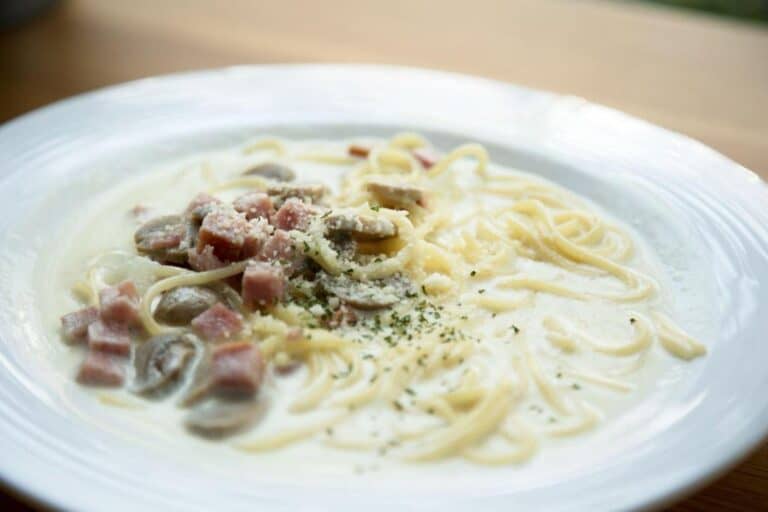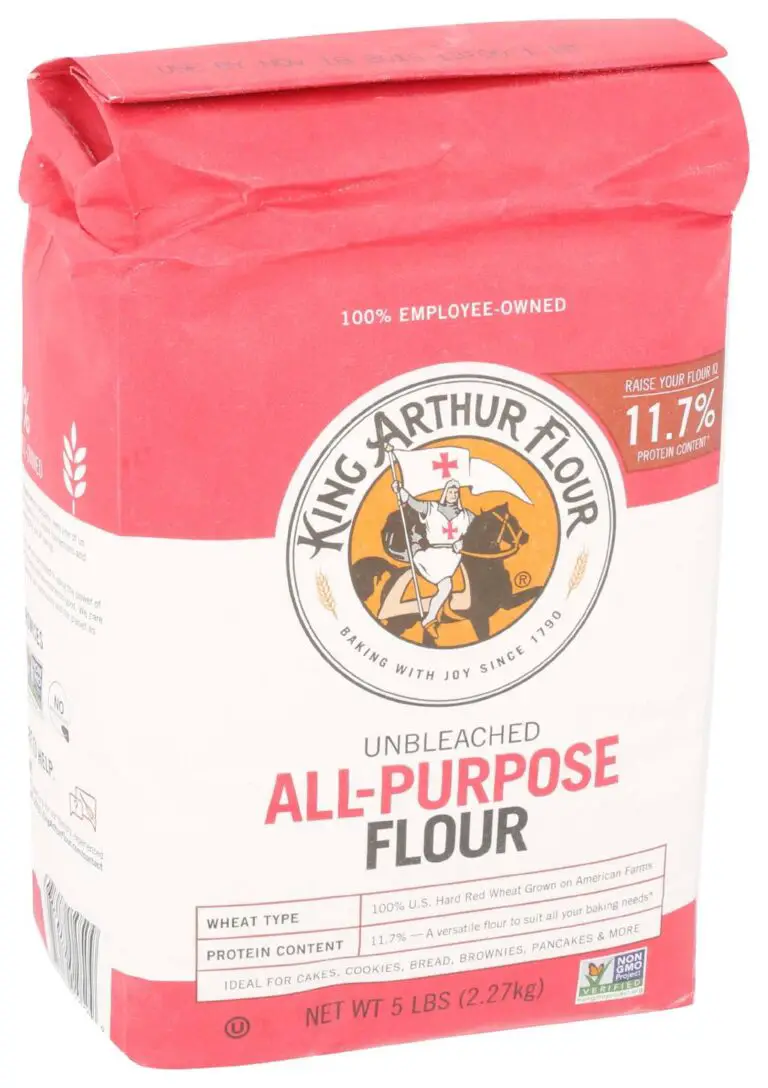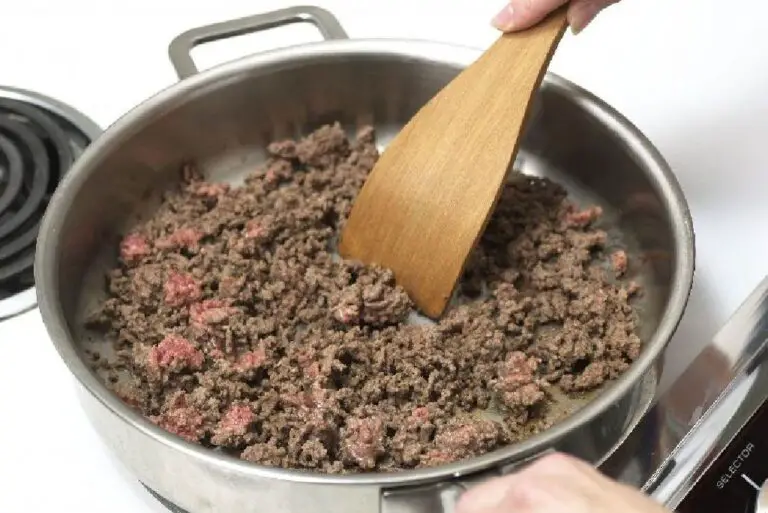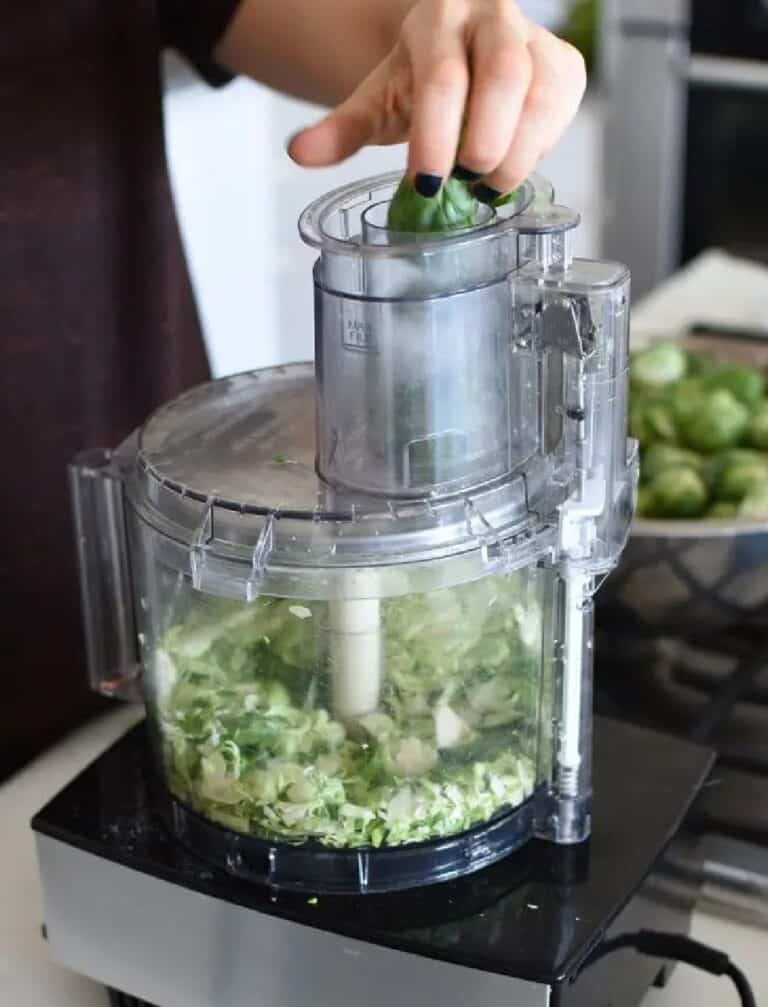Why Does Restaurant Curry Taste Better? What’s the Secret?

Curry is a beloved dish worldwide, known for its rich, complex flavors and aromatic spices. Many home cooks wonder why their homemade curry doesn’t quite match the joy of restaurant curry.
What are the secrets that make restaurant curry taste so much better? There’s magic in dining out. Savoring a piping hot bowl of restaurant-made curry often outshines our attempts to make the same flavors at home.
This article explores the techniques, ingredients, and tricks that make restaurant curry great. Let’s delve into the nuances that elevate restaurant curry to an unmatched level of culinary excellence.
Understanding the Basics of Curry
Before diving into the secrets of restaurant curry, it’s essential to understand what makes a curry. At its core, curry is a dish. It combines spices and ingredients to make a tasty sauce. People often serve it with meat, vegetables, or legumes. The primary components of a curry include:
- Spices and Herbs: These are the backbone of any curry, providing its distinct flavor profile. Common spices include cumin, coriander, turmeric, and garam masala.
- Aromatic Base: Onions, garlic, and ginger form the aromatic foundation of many curries.
- Liquid: Curries typically use a liquid base, such as coconut milk, tomato puree, or broth.
- Proteins and Vegetables: Chicken, beef, lamb, chickpeas, and various vegetables are often used.
Restaurant Curry Secret Ingredients and Techniques
1. Fresh, High-Quality Ingredients
Restaurants often use the freshest and highest quality ingredients available. Fresh spices, herbs, and produce can make a significant difference in the flavor of the curry.
Fresh Ingredients vs. Dried
| Fresh Ingredients | Dried Ingredients |
| More vibrant flavors | Milder, less intense |
| Higher nutritional value | Longer shelf life |
| Brighter colors | Easier to store |
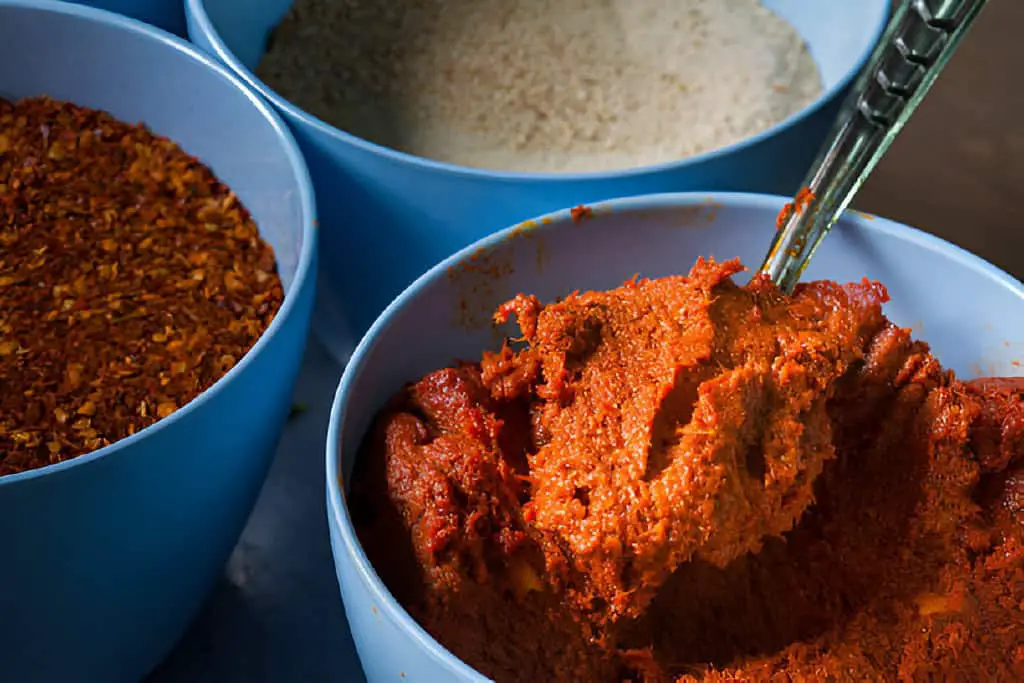
2. The Art of Tempering Spices
Tempering, or “tarka,” is a technique where whole spices are briefly toasted in hot oil or ghee to release their essential oils and enhance their flavors. This method adds depth and complexity to the curry.
Common Spices for Tempering
- Mustard seeds
- Cumin seeds
- Fenugreek seeds
- Curry leaves
3. Layering Flavors
Restaurants often layer flavors by adding ingredients at different stages of cooking. This method ensures each part keeps its taste. They also add to the dish’s complexity.
4. Cooking Low and Slow
Many restaurants take the time to cook their curries slowly over low heat. This method allows the flavors to meld together and develop fully. The slow cooking process also helps tenderize meat, making it more succulent.
5. Balancing Flavors
Professional chefs are skilled at balancing the five basic tastes: sweet, sour, salty, bitter, and umami. A well-balanced curry will have a harmonious blend of these flavors, creating a satisfying and complex dish.
Flavor Balancing Chart
| Flavor | Ingredients |
| Sweet | Sugar, honey, fruits |
| Sour | Vinegar, lemon juice, tamarind |
| Salty | Salt, soy sauce, fish sauce |
| Bitter | Fenugreek, bitter greens |
| Umami | Tomato paste, soy sauce, miso |
6. The Use of Ghee
Ghee, a type of clarified butter, is often used in restaurant curries. It adds a rich, buttery flavor and enhances the spices’ aromatic qualities. Ghee has a high smoke point, making it ideal for cooking at high temperatures.
7. Homemade Spice Blends
Restaurants often create their spice blends in-house, tailoring them to their specific recipes. These custom blends are fresher and more flavorful than pre-packaged spice mixes.
8. Marinating Proteins
Marinating beef, chicken, or lamb in yogurt, lemon juice, and spices before cooking can add flavor and tenderize the meat. This step is crucial for achieving the succulent texture found in restaurant curries.
Consistency is Key in the World of Restaurant Curry
The world of restaurant curry is delectable. One key difference from homemade versions is the unwavering commitment to consistency. Restaurants follow strict recipes. They ensure that each batch of curry tastes as exceptional as the last.
Picture a famous curry house. Each serving of their signature dish hits all the right flavor notes with precision. This is no mere coincidence but the result of exact recipe adherence.
Also, many good restaurants are even more dedicated to consistent quality. They do this by using taste testing panels. These panels are gatekeepers of flavor perfection. They carefully evaluate new recipes before they make it onto the menu.
Experts scrutinize dishes. They get feedback from diverse palates. This guarantees a great final product every time. This process refines flavors. It also shows a deep commitment to culinary excellence.
| Read: 10 Restaurants’ Tips for Fresh Salads |
Replicating Restaurant Techniques at Home
While the techniques used by restaurants can seem daunting, many of them are achievable at home with a bit of practice and attention to detail. Here are some tips to help you replicate restaurant-quality curry in your kitchen.
Invest in Fresh Spices
Buy whole spices and grind them yourself to ensure maximum freshness. Store spices in airtight containers away from heat and light to preserve their potency.
Master the Tempering Technique
Practice tempering spices to develop a deep, rich flavor base for your curries. Heat oil or ghee until shimmering, then add whole spices and cook until fragrant.
Layer Your Ingredients
Add ingredients in stages, allowing each one to cook thoroughly and release its flavors before adding the next. Start with the aromatic base, followed by spices, liquids, and finally, proteins and vegetables.
Cook Slowly
Whenever possible, cook your curry over low heat for an extended period. This technique allows the flavors to meld and develop, resulting in a richer, more complex dish.
Balance Your Flavors
Taste your curry frequently and adjust the seasoning as needed. Add sweet, sour, salty, and umami elements to create a well-rounded dish.
Use Ghee
Incorporate ghee into your cooking to add a luxurious, buttery flavor. You can find ghee at most grocery stores or make it yourself by slowly simmering butter and removing the milk solids.
Create Your Spice Blends
Experiment with making your spice blends. Toast whole spices and grind them to release their full flavor potential. Customize your blends to suit your taste preferences and the specific dish you’re preparing.
Marinate Your Proteins
Take the time to marinate your proteins before cooking. Use yogurt, lemon juice, and a mix of spices to tenderize the meat and infuse it with flavor.
Conclusion
The secrets for the great taste of restaurant curry lie in the quality of its ingredients. They also lie in the careful layering of flavors and the use of traditional cooking techniques. You can elevate your homemade curry to restaurant-quality by investing in fresh spices. You should also master the art of tempering and take the time to cook slowly.
Don’t be afraid to experiment with custom spice blends and marinating techniques to find the perfect balance of flavors. With practice and patience, you’ll be able to create a curry that rivals your favorite restaurant dishes.

